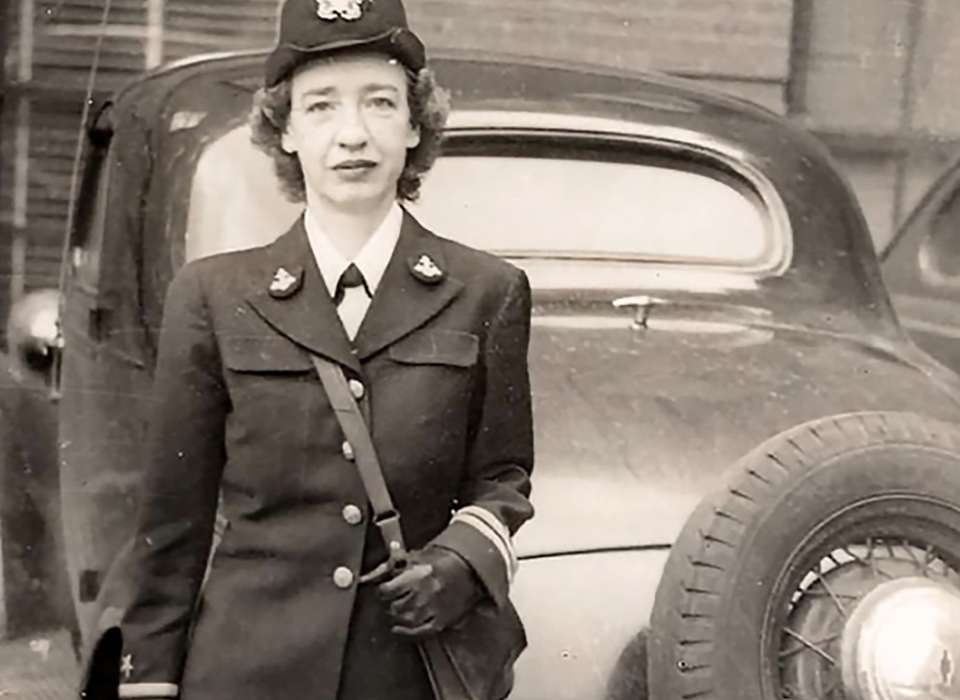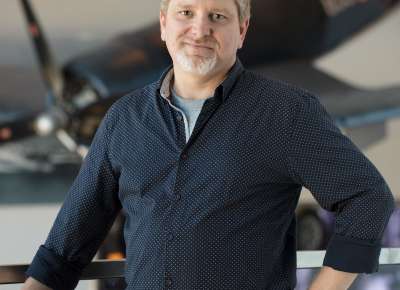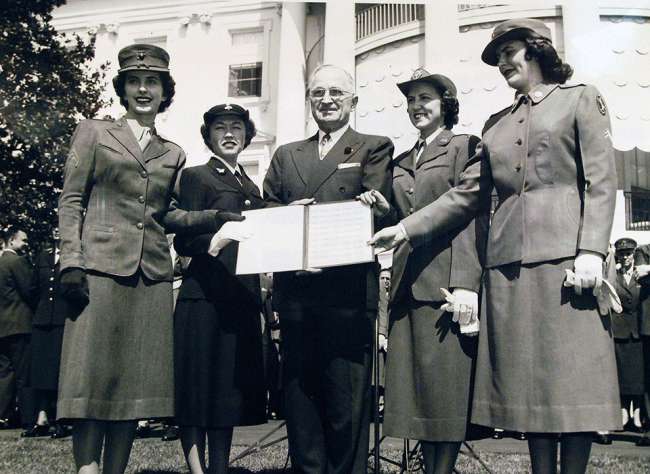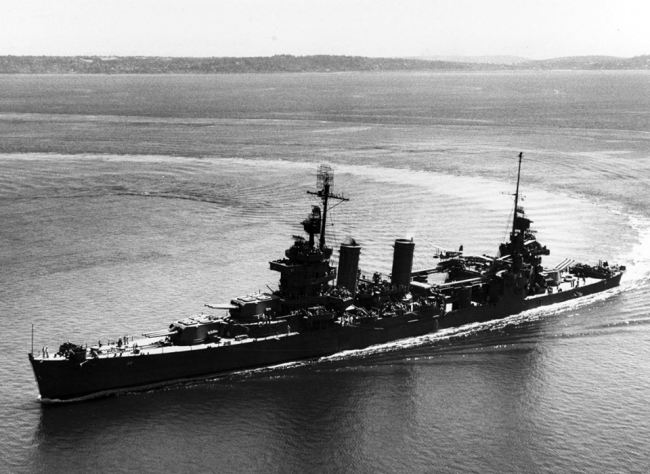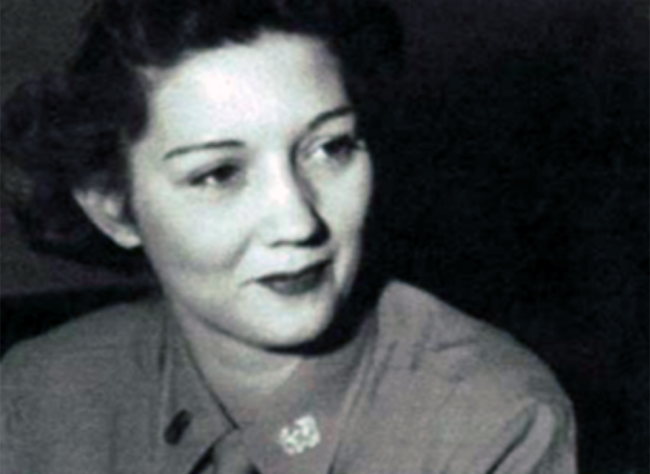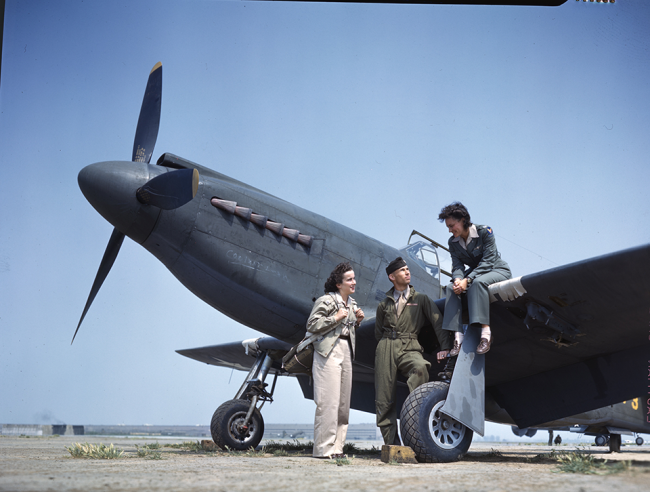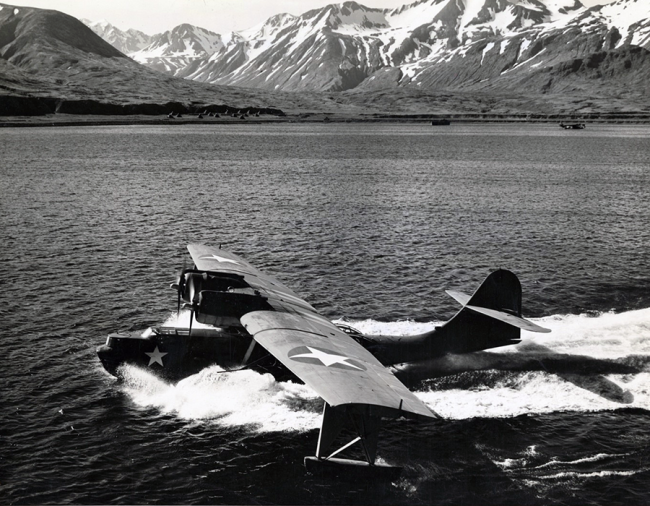When US Naval Reserve officer Grace Hopper was assigned to work on the electromagnetic Mark IV computer in 1944, it was not a surprise. Women had been working in computing for scientific projects for more than a century.
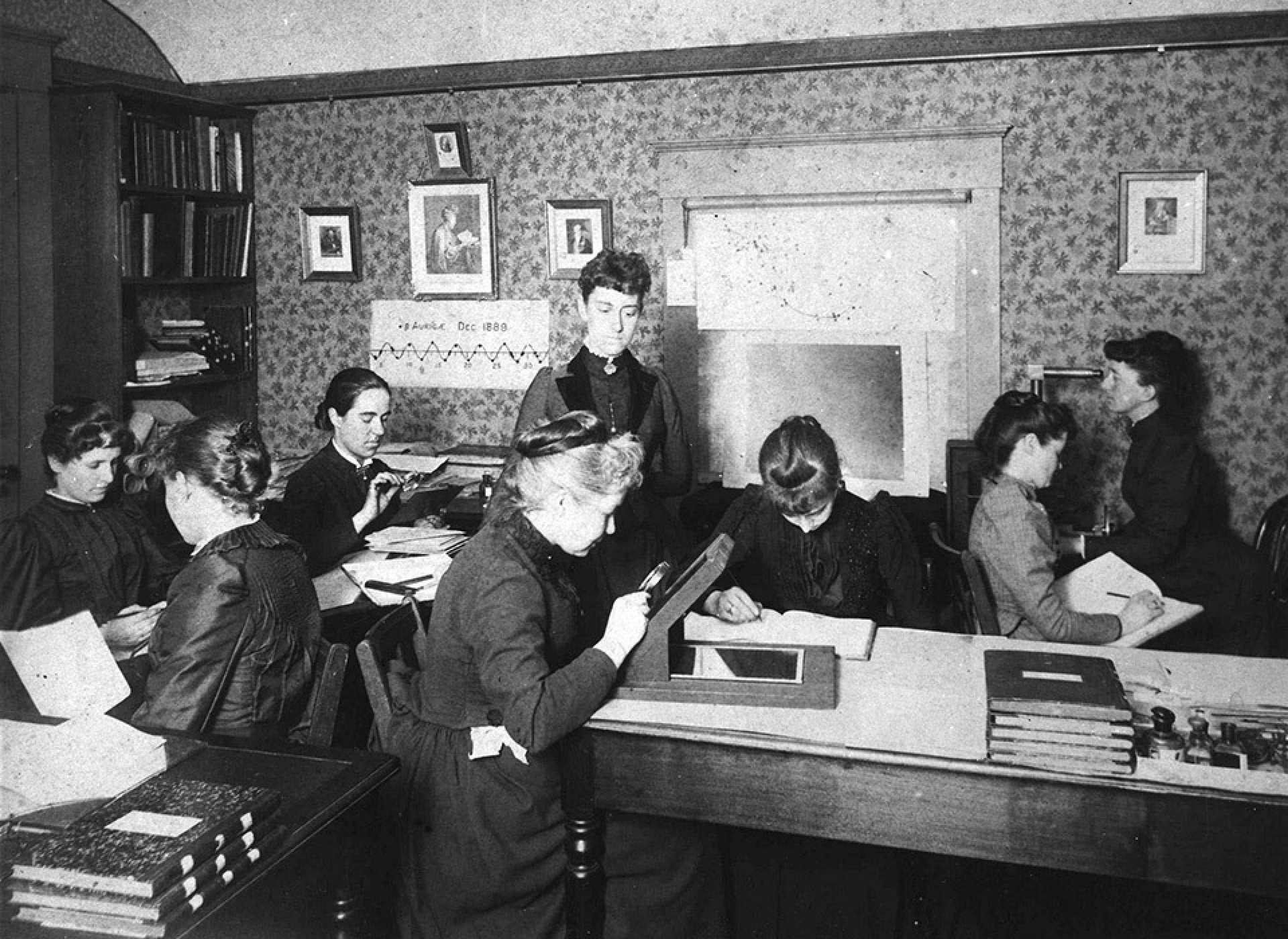
A team of computers work at Harvard University (around 1900) to analyze observations and measurements; they were paid less than if they were factory workers. From the Hollis Archives at Harvard Library.
Nicole-Reine Lepaute had worked on a small French team in the 1750s to predict the return of Halley’s Comet, and later published calculated predictions of solar eclipses. Maria Mitchell, who became a professor of astronomy at Vassar College, calculated the orbital motion of Venus in the middle nineteenth century, just a decade after Ada Lovelace constructed the first algorithm intended to be executed by a computer.
A few decades later an astronomer at Harvard University discovered that he could hire mathematically adept women to make calculations and observations at much less than the cost of hiring a man. He assembled a team that included Annie Jump Cannon, who developed the first stellar classification scheme.
By the early twentieth century, women were being used as computers for all sorts of statistical data. During World War I, both the United States and the United Kingdom developed bomb trajectory tables using the work of their teams of computers.
It was in this context that Grace Murray, born at the end of 1906 in New York, grew up and developed an interest in mathematics. By the end of Hopper’s career the term “computer” no longer meant a person assigned to make calculations, and, instead, the term became a designation for a machine that did the same work.
When Grace applied at age 16 for entry to Vassar, she was declined (her Latin scores were too low), but she was admitted the following year. She graduated with honors from Vassar with a degree in mathematics in 1928, got her masters at Yale in 1930, and her PhD in 1934. Her research was in algebraic number theory and geometry, and it made her an expert on using symbolic logic. This formed an excellent foundation for her later work in programming.
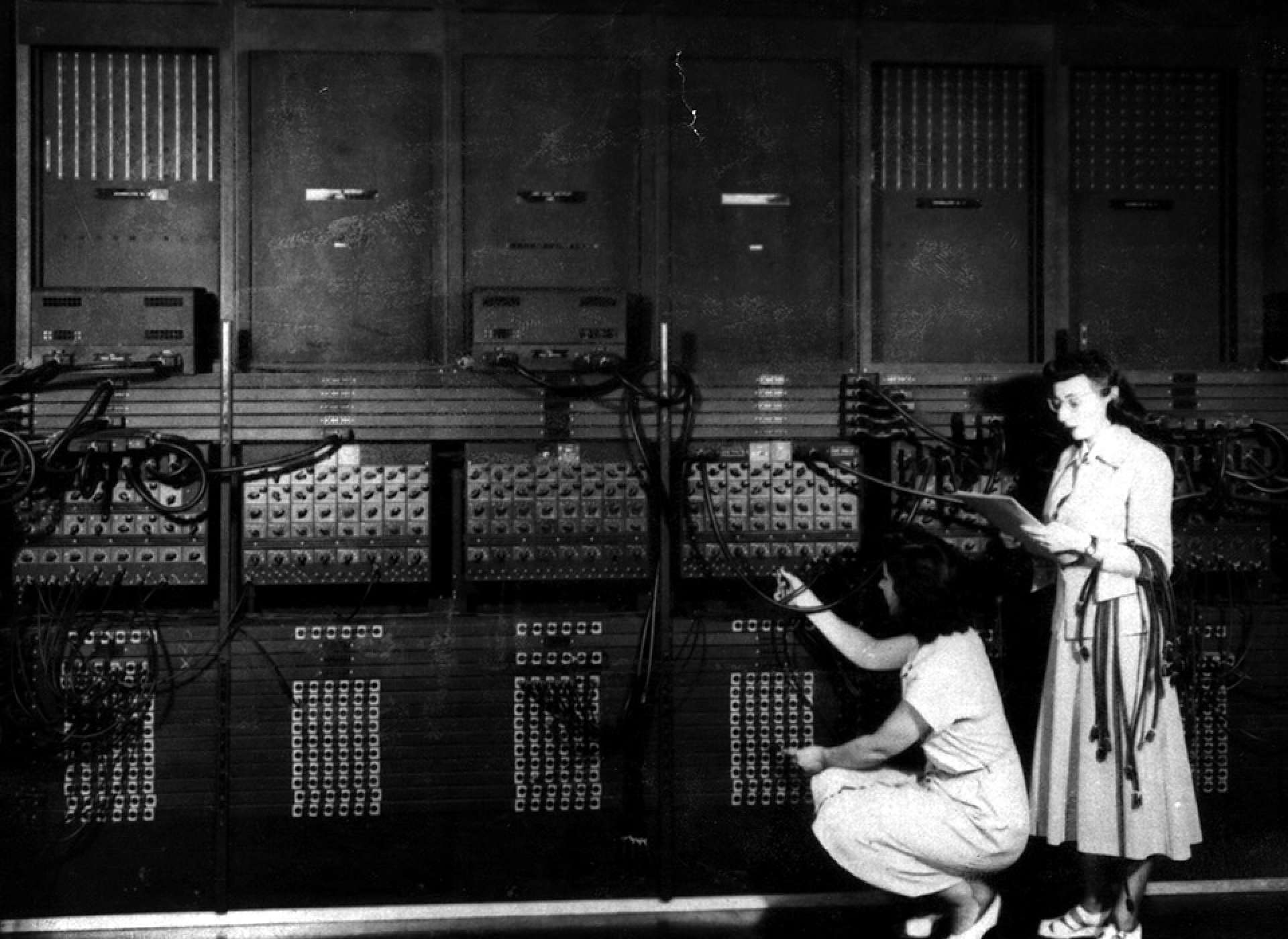
Reprogramming ENIAC Programmers Marlyn Wescoff (left) and Ruth Lichterman (right) reprogram the ENIAC in 1946. US Army Research Library.
Now named Grace Hopper, after her marriage in 1930, she continued teaching mathematics at Vassar, as she had done since 1931. She became associate professor at Vassar in 1941. When the United States entered World War II, Hopper attempted to enlist in the Navy, but was rejected. She was given three reasons for this result—she was 34 (too old), too skinny (105 lbs), and her position teaching mathematics was already important to the war effort.
Hopper didn’t give up, and in 1943 she got a Leave of Absence from Vassar, and was admitted to the WAVES with an exemption for her weight. She graduated first in her class and was commissioned as a Lieutenant, Junior Grade, when she was assigned to Harvard as part of the Bureau of Ships Computation Project. She joined the programming team and became Director Howard Aiken’s most important researcher.
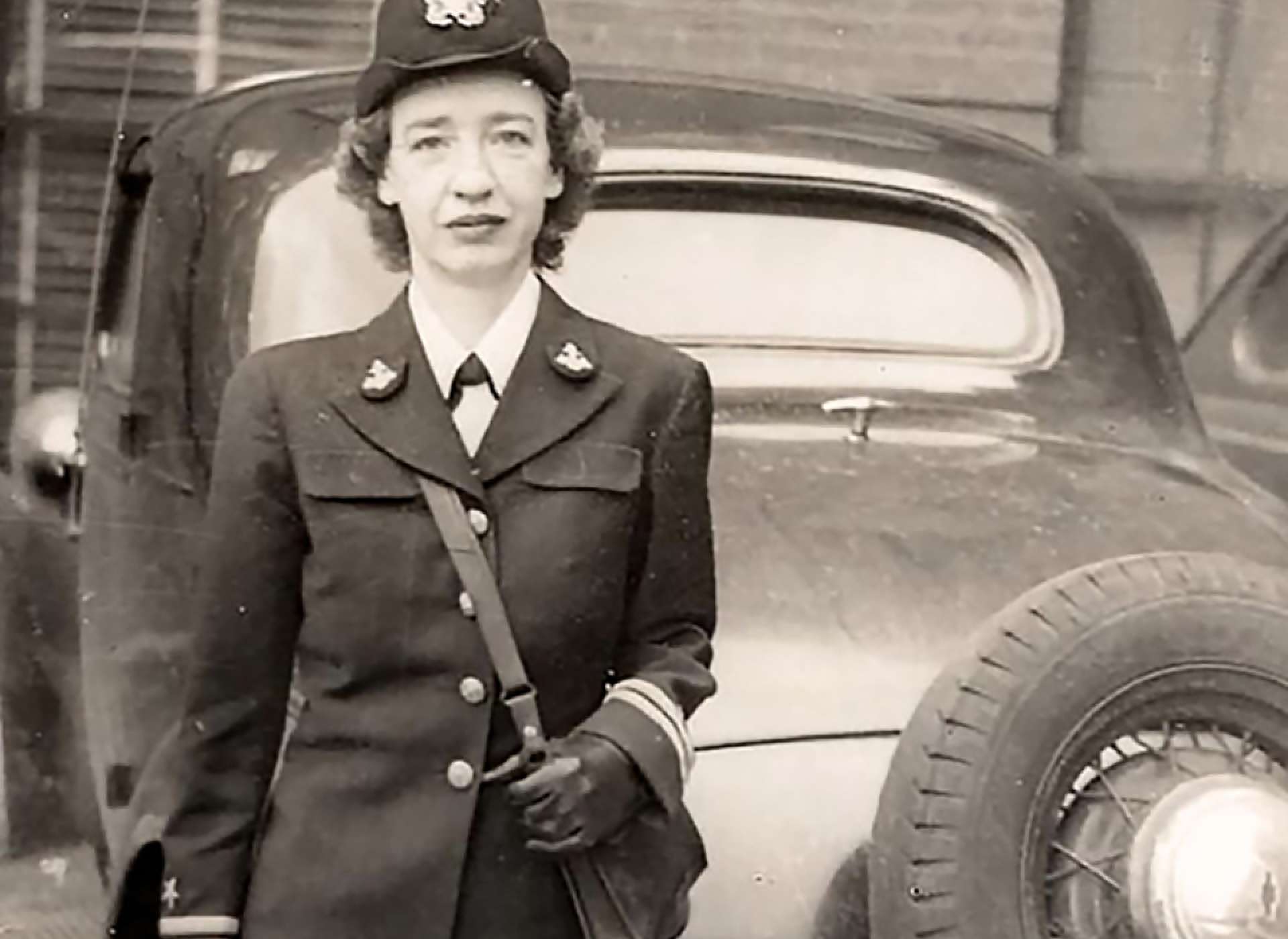
Young Grace Hopper standing behind a car parked near Cruft Lab, Harvard University, ca. 1945–1947. From Grace Murray Hopper Collection, Archives Center, National Museum of American History, Smithsonian Institution.
When World War II ended, Hopper requested a transfer to the regular Navy, but her request was denied, since she was deemed, at 38, too old. She herself turned down a full professorship at Vassar to remain in the Naval Reserve and work as a researcher at the Harvard Computation Lab. Hopper stayed there until 1949, when she became senior mathematician on the UNIVAC (Universal Automatic Computer) project. In 1950, the UNIVAC1 became the first large computer on the commercial market.
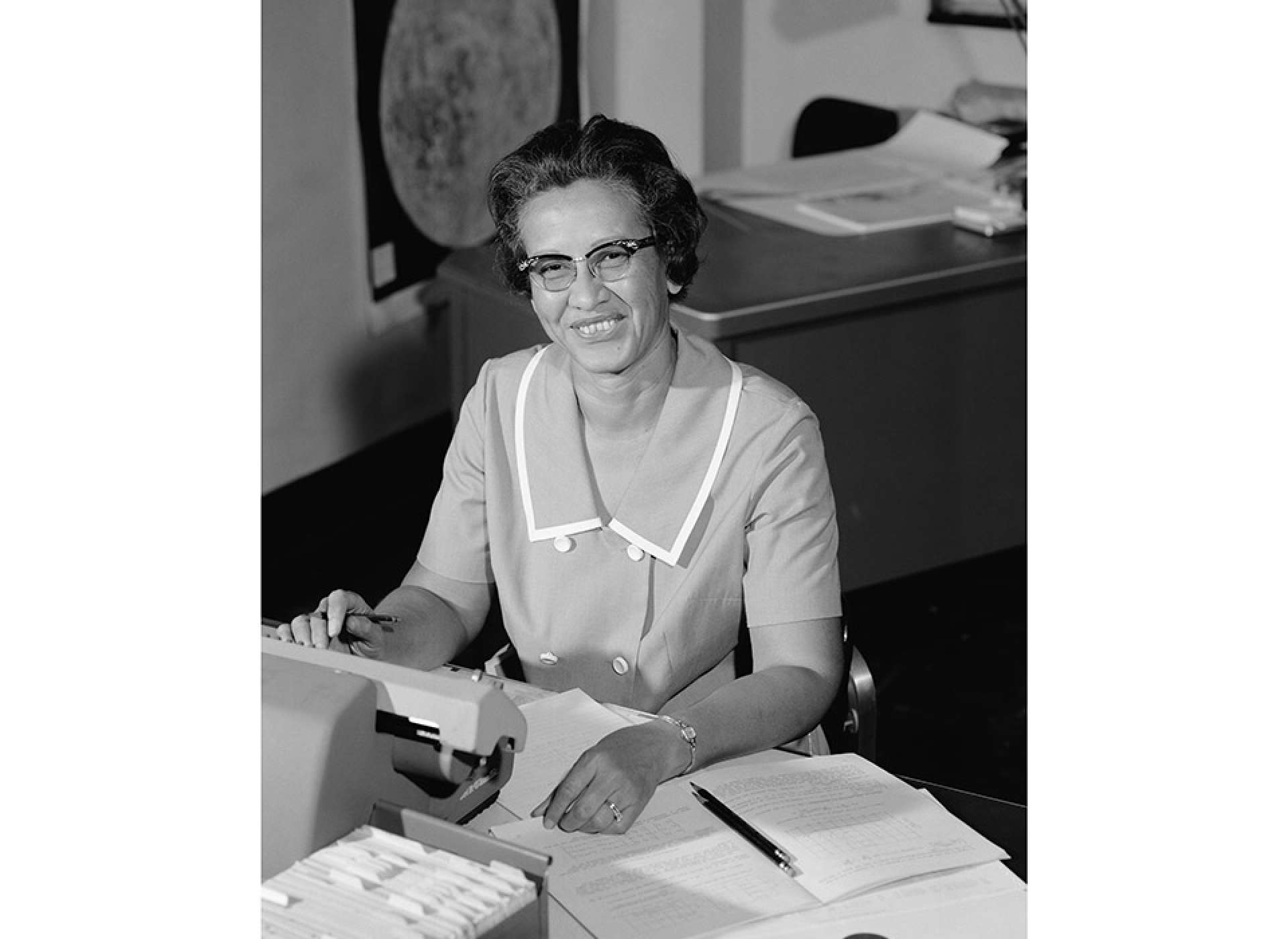
Katherine Johnson, computer and physicist, at her desk at NASA in 1966. Courtesy of NASA.
Surprisingly, Grace Hopper supervised male colleagues. In this respect she was unique. Katherine Johnson and Margaret Hamilton were computers and programmers at NASA, trusted by astronauts but not directing men. The ENIAC (Electronic Numerical Integrator and Computer) programmers made strides in computing but worked as an all-woman team. Hopper not only led male colleagues, she laid the boundaries and foundations for their work.
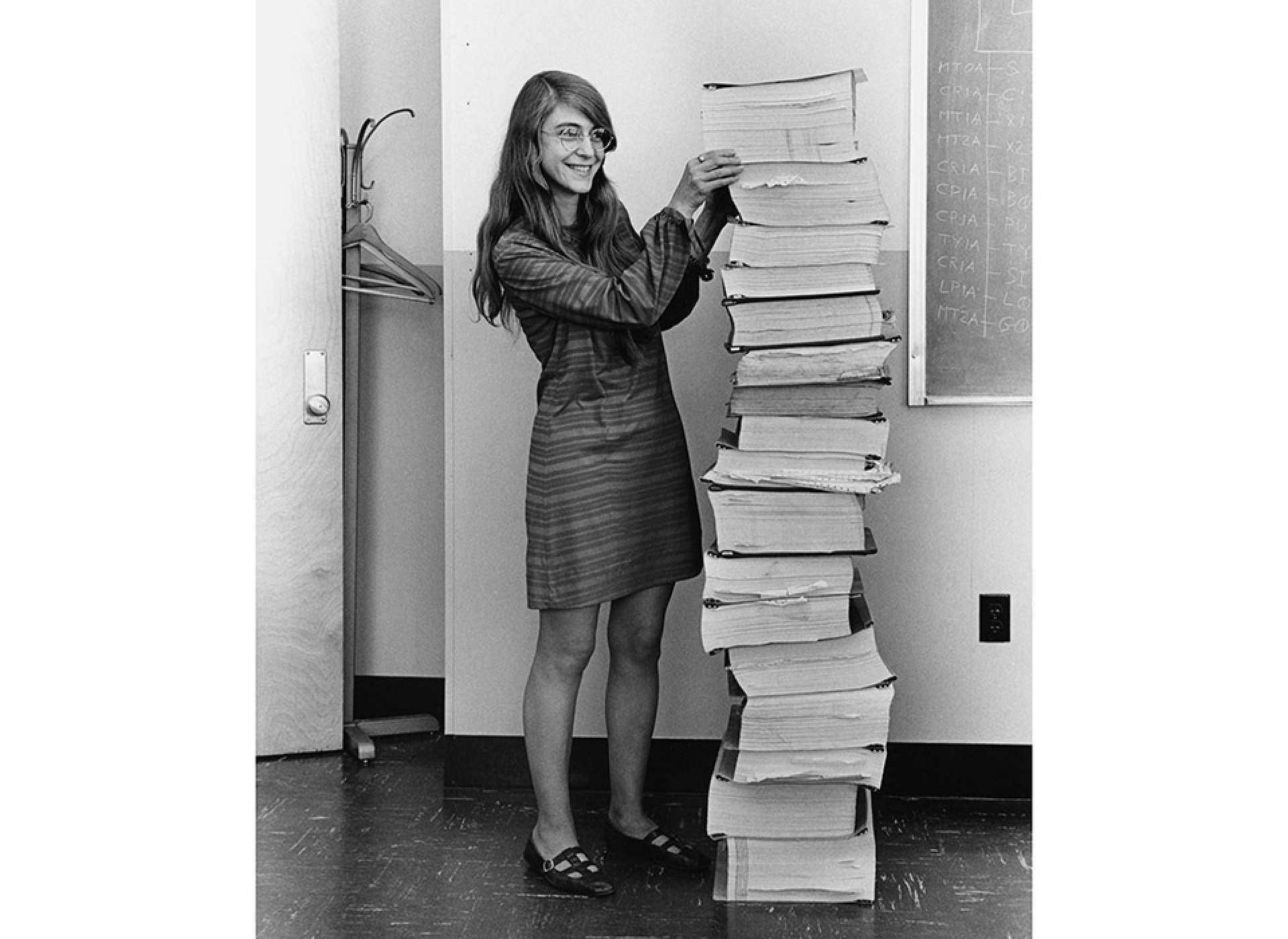
Margaret Hamilton Margaret Hamilton, computer scientist, standing in her office at MIT in 1969 next to a printout of the computer code for the Apollo Project. Courtesy of NASA.
While working on UNIVAC, Hopper recommended the development of programming languages that could be translated (or compiled as we now say) for computers to run. At that time, programs had to be written in machine language. She argued that it would be much easier to have programmers write in a version of English and make a compiler. She set about building the first compiler, completing it in 1952, and she led the efforts to make the first compiled languages, which evolved into the first widely used language COBOL (Common Business Oriented Language).
Grace Hopper was an advocate for two other important ideas in computing. The first is that a program should be hardware independent. In other words, you should not have to completely rewrite a program to be used on another computer. The second was that small distributed clusters of programming and storage were superior to large centralized systems. This is the model we still use today, with personal computers accessing information and programs stored on servers accessed by the internet.
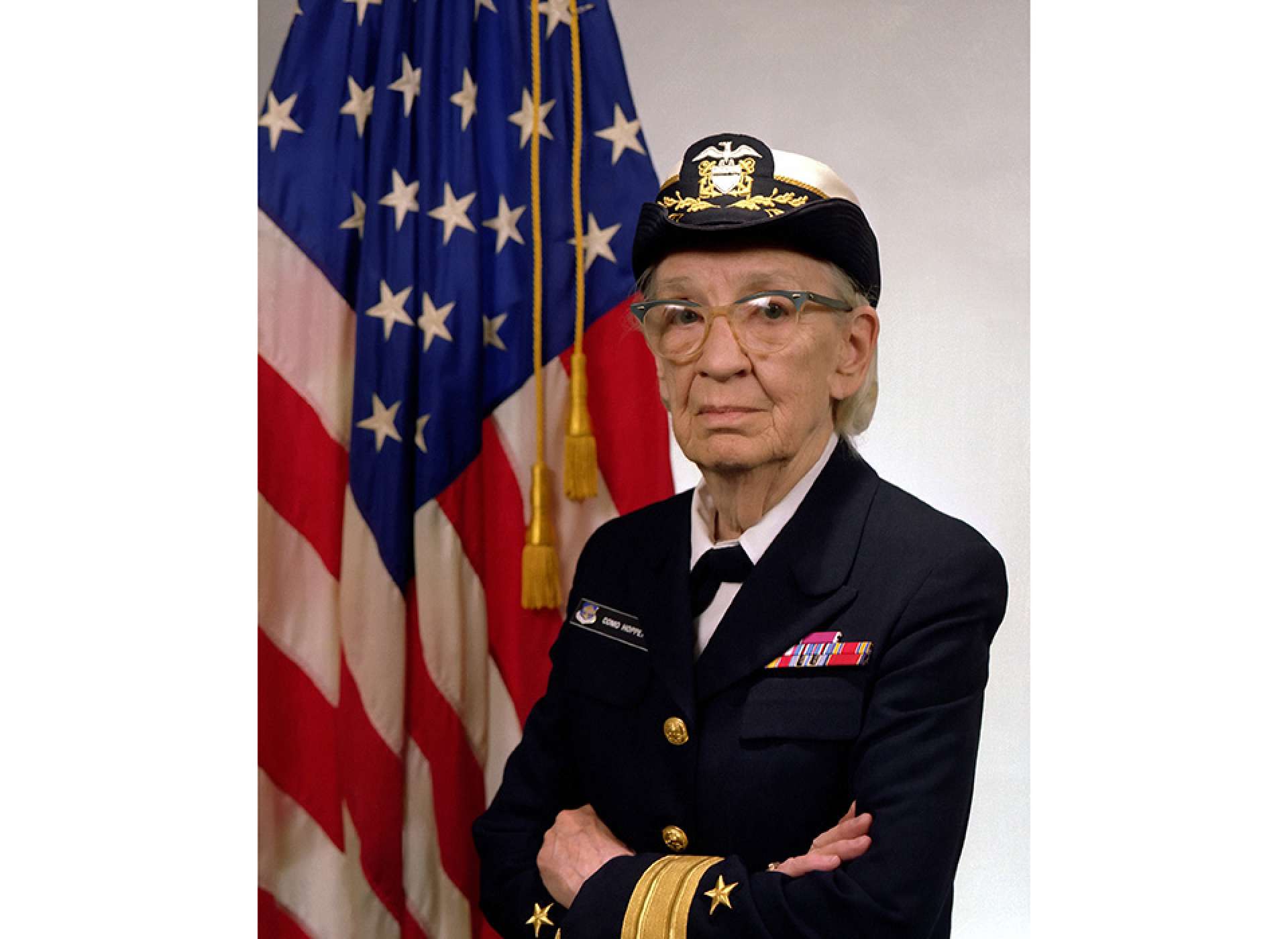
Commodore Grace Hopper’s Navy portrait from 1984, when she was promoted to Commodore. Courtesy of the US Navy.
Hopper retired with the rank of Commander from the US Naval Reserve at age 60 in 1966, as required by Navy regulations. She was recalled to active duty in 1967, before retiring again in 1971. She was again recalled to active duty in 1972 and promoted to the rank of Captain. Grace Hopper’s final retirement from the Naval Reserve came in 1986, after a few congressional resolutions to extend her service and a promotion to Commodore in 1983. In 1985, the rank of Commodore was replaced by Rear Admiral, and that was her status in retirement.
After retirement, Hopper worked to promote computing and careers in that field. She once said
“The most important thing I’ve accomplished, other than building the compiler, is training young people. They come to me, you know, and say, ‘Do you think we can do this?’ I say, ‘Try it.’ And I back ‘em up. They need that. I keep track of them as they get older and I stir ‘em up at intervals so they don’t forget to take chances.”
Grace Hopper died on New Year’s day in 1992. She is buried at Arlington National Cemetery. Yale University renamed one of its colleges after her, and in 2016 she was posthumously awarded the Presidential Medal of Freedom.
Rob Wallace
Rob runs teacher workshops and develops curriculum, including Real World Science, funded by The Northrop Grumman Foundation.
Cite this article:
MLA Citation:
APA Citation:
Chicago Style Citation:
